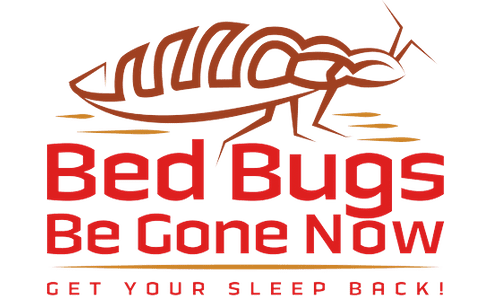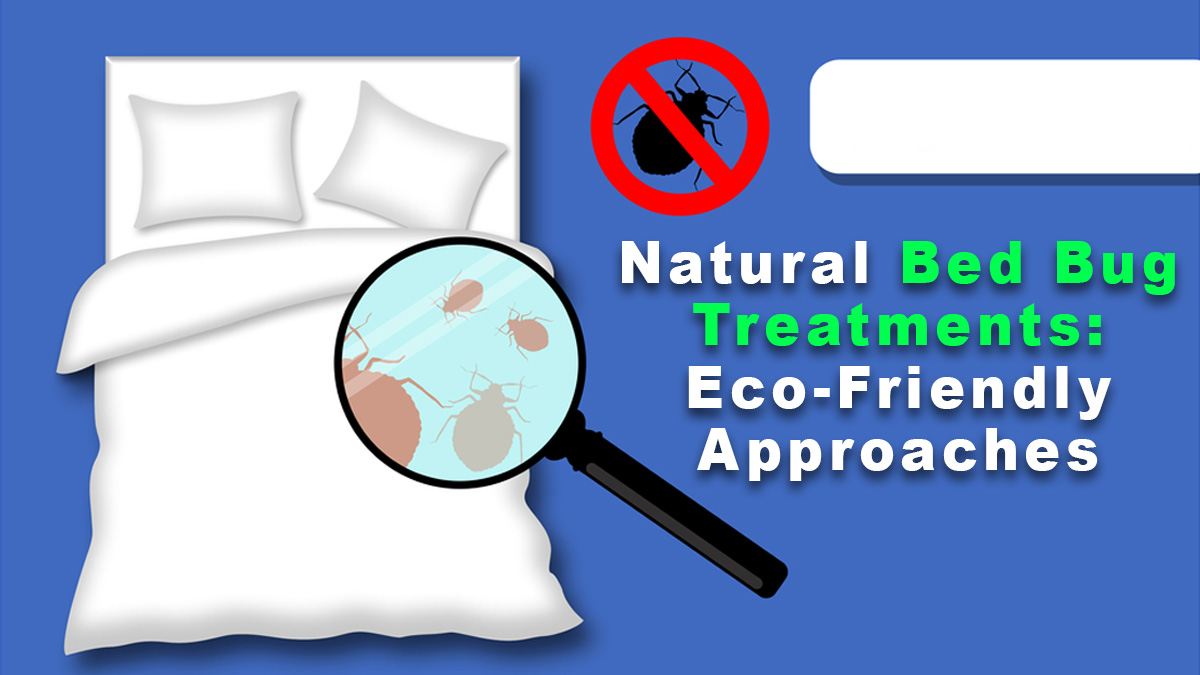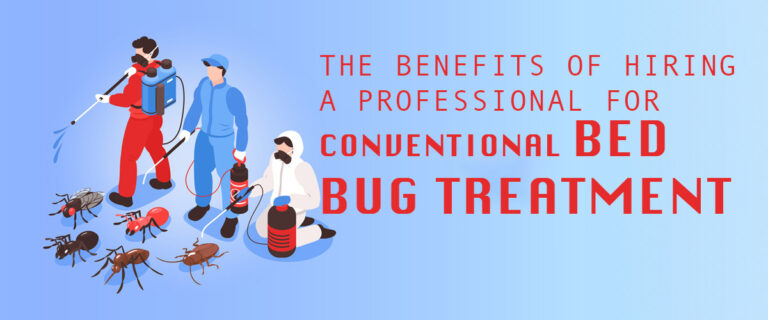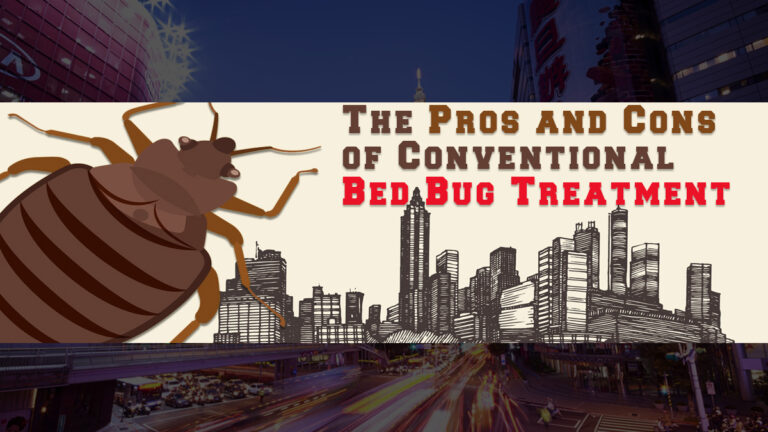Natural Bed Bug Treatments: Eco-Friendly Approaches
Have you been battling relentless bed bug infestations and searching for safe, eco-friendly solutions? If so, discover the power of natural bed bug treatments that effectively combat infestations and prioritize your home’s and the environment’s health.
Bed bugs are tiny parasitic insects that eat human blood and animals. Prioritizing eco-friendly treatments for bed bugs is crucial due to their numerous benefits. Eco-friendly treatments minimize the risks associated with harmful chemicals, ensuring the safety of humans and the environment. By opting for eco-friendly options, households can protect their loved ones, including children and pets, from unnecessary exposure to toxic substances.
Moreover, eco-friendly treatments promote sustainable pest control practices, contributing to the preservation of our ecosystem in the long run.

Preventive Measures
Protecting your home from bed bug infestations is crucial for a peaceful and hygienic living space. The following are the essential steps to safeguard your surroundings and maintain a bug-free environment.
1. Regular Cleaning and Decluttering
Keeping your living spaces clean and clutter-free is crucial in preventing bed bug infestations. Regular vacuuming, sweeping, and dusting can also help remove potential hiding spots for bed bugs. Pay attention to areas such as mattress seams, bed frames, baseboards, and any cracks or crevices in furniture. Maintaining cleanliness can reduce the chances of bed bugs finding suitable habitats.
2. Proper Storage Techniques
Proper storage techniques are essential for preventing bed bug infestations. Avoid storing clothing and fabrics in open, unprotected spaces. Instead, use sealed plastic bags or containers to store items like seasonal clothes, bedding, and linens. It reduces the risk of bed bugs finding their way into your stored items and hitching a ride back into your living spaces.
3. Inspection of Second-Hand Items
When bringing in second-hand items such as furniture, clothing, or electronics, it is essential to inspect them thoroughly for any signs of bed bugs. Check seams, crevices, and other potential hiding spots for live bugs, eggs, or droppings. Consider treating these items with non-toxic bed bug treatments before introducing them into your home.

Non-Toxic Bed Bug Treatments
When dealing with bed bug infestations, prioritizing non-toxic treatment options is paramount for effective eradication and your family’s well-being. The following are eco-friendly solutions and proactive measures to combat bed bugs without compromising your health or the environment.
1. Heat Treatment
Heat treatment is a non-toxic method for eliminating bed bugs. It involves using specialized heating equipment to raise the temperature in the infested area in such a way as to eradicate bed bugs and their eggs. Additionally, professional exterminators use industrial heaters, fans, and thermostats to ensure uniform heat distribution. Moreover, arrange all furniture and bedding to allow the heat to penetrate and eliminate the bed bugs.
2. Vacuuming and Steam Cleaning
Vacuuming and steam cleaning are effective, non-toxic methods for controlling bed bugs. It removes adult bed bugs, nymphs, and eggs from infested areas. It’s important to vacuum all sizes, including mattress seams, bed frames, carpets, and furniture. Steam cleaning utilizes high temperatures to kill bed bugs and their eggs on contact. For this, choose dry steam cleaners.
3. Essential Oil Sprays
Essential oils, including lavender, peppermint, tea tree, and eucalyptus oil, are popular natural bed bug repellents. These oils also contain compounds that have insecticidal properties and repel bed bugs. Lavender oil disrupts their nervous system, tea tree oil effectively acts as a natural pesticide, and peppermint and eucalyptus oils unquestionably have a repulsive odor for bed bugs.
To use essential oils, dilute them with water in a spray bottle and apply to infested areas. Avoid direct application to bedding or clothing. It’s vital to test a small space for sensitivity before extensive use.

Natural Repellents
Discover the power of natural repellents in warding off bed bugs and maintaining a bug-free environment. These practical and eco-friendly solutions can help protect your home from bed bug invasions—the following measures will guide you toward a naturally fortified space.
1. Diatomaceous Earth
Diatomaceous earth is a mineral from the fossilized remnants of aquatic creatures called diatoms. It is available in powder form and works by dehydrating bed bugs. When bed bugs come into contact with diatomaceous earth, it damages the protective outer layer of their exoskeleton, leading to dehydration and eventual death.
To use diatomaceous earth as a natural repellent, apply a thin layer of the powder in locations where bed bugs may roam or hide. It also includes cracks and crevices, mattress seams, baseboards, and behind furniture. Moreover, it is essential to choose food-grade diatomaceous earth, as other forms may contain added chemicals that can be harmful.
2. Herbal Repellent Sachets
Herbal-repellent sachets are small cloth bags filled with a mixture of dried herbs and botanicals with repellent properties. Common herbs for bed bug-repellent sachets include lavender, rosemary, peppermint, and cloves. These herbs emit scents that bed bugs find unpleasant, keeping them away from treated areas.
Place herbal repellent sachets in areas prone to bed bug infestations, such as under the mattress, in closets, or near baseboards. The scent of the herbs will discourage bed bugs from settling in those areas. Replacing or refreshing the sachets regularly is essential to maintain their effectiveness.
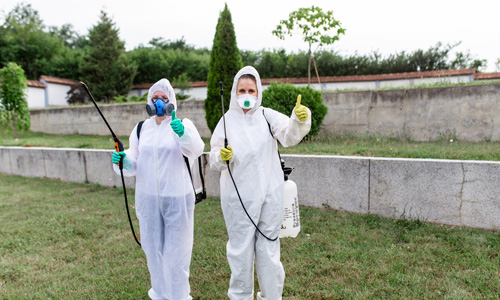
Professional Exterminators Using Eco-friendly Methods
When seeking professional assistance for bed bug treatment, it is essential to research and select a pest control company that specializes in eco-friendly and non-toxic methods. Look for companies that use alternative therapies, have a strong track record of successful bed bug eradication, and prioritize the safety of humans and the environment.
Professional exterminators trained in eco-friendly methods have the expertise and specialized equipment to eliminate bed bug infestations effectively. They can ensure thorough treatment and guide long-term prevention techniques. Additionally, professional exterminators can help alleviate the stress and anxiety associated with bed bug infestations, providing peace of mind for homeowners.

Nature’s Pest Control
Conclusively, eco-friendly bed bug treatments offer effective alternatives to traditional chemical-based treatments. Heat treatment, vacuuming and steam cleaning, essential oil sprays, diatomaceous earth, and herbal repellent sachets are all non-toxic methods that can help eliminate and prevent bed bug infestations.
Taking immediate action to prevent and treat bed bug infestations is crucial because of their infamous ability to rapidly reproduce and spread throughout a home. Furthermore, by implementing preventive measures and utilizing eco-friendly treatment options, individuals can protect themselves, their families, and the environment from the harmful effects of bed bugs.
